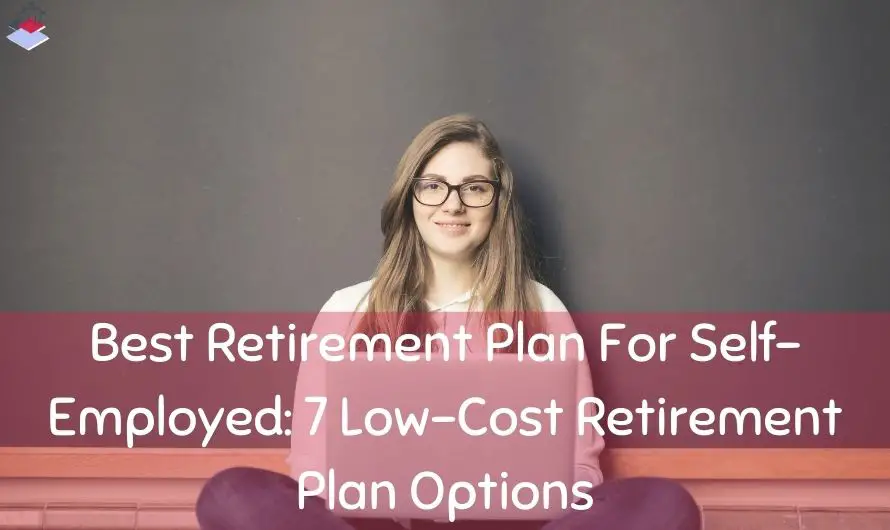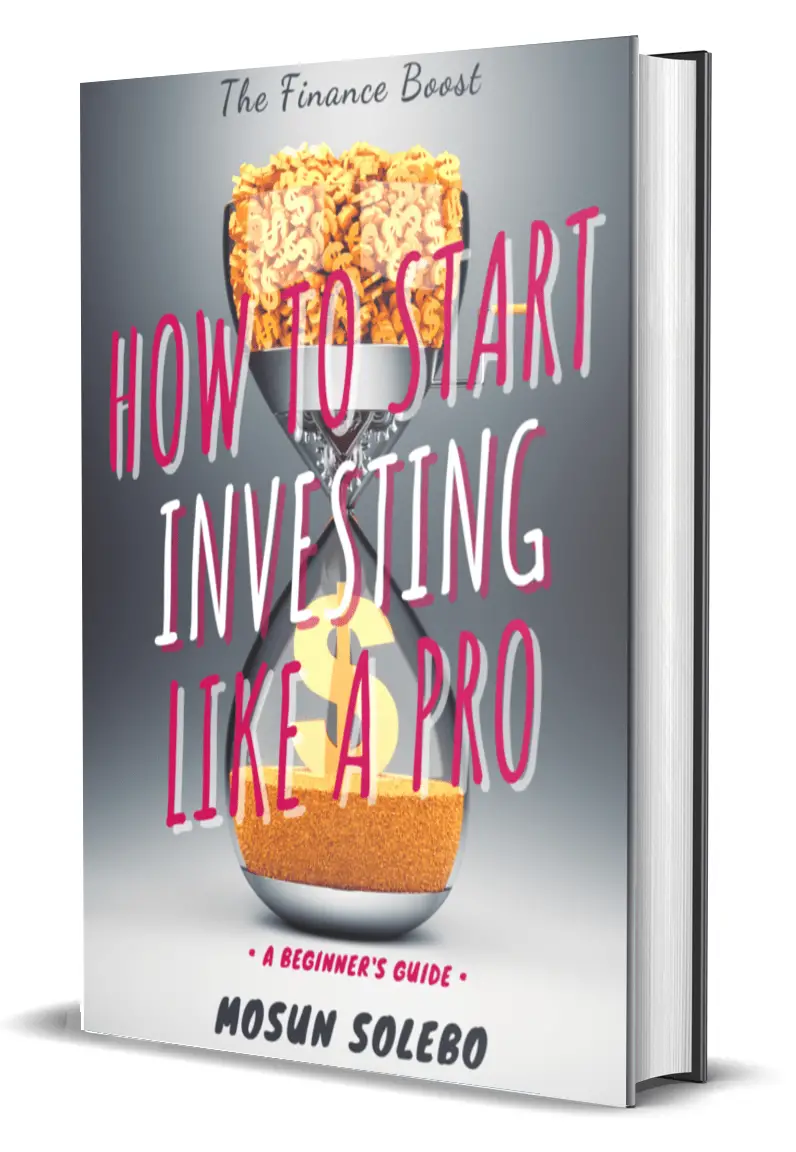There is no doubt that freelancers are becoming one major part of the American workforce.
The ability to work from home or anywhere you want and anytime that suits you sounds appealing enough to many people.
In a 2020 report, an estimated 59 million Americans have freelanced in the past year, equivalent to 36% of the country’s entire workforce. Furthermore, the number of freelancers in the US is continuously growing. It is expected to exceed 90.1 million by 2028.
How do you think they plan for retirement with these so-called “independent contractor” workers or self-employed?
Unlike the usual employer-sponsored account, planning for retirement for the self-employed involves proper research. Moreover, with the gig economy flourishing, retirement is not just viewed as something to look forward to in later years.
The FIRE (Financially Independent, Retire Early) movement significantly contributed to this. It is because the ability to retire comfortably in the future is in one’s own hands today.
Yes. The primary responsibility is yours. So, except you want to work for money forever, start planning your retirement today.
The earlier you start, the better. Plus, you can still save for retirement even if you are not traditionally employed. Did you know that there exists the best retirement plan for self-employed?
Here’s how.
Related: Saving for retirement without a 401k? Here are the best alternatives.
Best retirement plan for self-employed

So are you self-employed? or do you know someone looking for retirement options?
Welcome, you’ve come to the right place. Nowadays, you can equally get the same retirement options and benefits as an employee participating in company plans.
Only this time, you are doing it yourself or DIY. But then, it gives you total flexibility and a sense of freedom in terms of handling your finances.
However, don’t forget how crucial setting aside money is for retirement. Moreover, you can receive many benefits and options for the best retirement plan for self-employed.
Here are some options that may work for you.
1. IRA
Also stands for Individual Retirement Account, and it has two types; Roth IRA and Traditional IRA.
Essentially, both are ideal for beginners and one of the best retirement plan for self-employed. Moreover, both have their own tax advantage.
You can also roll over your old or previous 401k to an IRA if you are shifting to self-employment life.
Lastly, keep in mind that the IRS has income and contribution limits set for Roth and Traditional IRA. Therefore, you have to know the best type of IRA to open.
Read more: How to Open a Roth IRA Account? Simple and Easy Beginner's Guide.
2. SEP IRA
It is one of the best retirement plans for self-employed people and small business owners with few employees.
In addition, you can open a SEP IRA at many online brokers just as you would a traditional or Roth IRA.
The SEP-IRA (Simplified Employee Pension Plan) also has a contribution limit of up to 25% of the employee's compensation or $61,000 for 2022. Furthermore, if you have employees, you must match an equal percentage of salary contribution to your employees. In SEP-IRA, you are both the employee and the employer.
So if you pledge to contribute 10% of your salary towards retirement, you must also match 10% and contribute it to each eligible employee compensation.
However, that's one downside of a SEP IRA. It can be incredibly costly if you have several employees or set aside a higher amount towards retirement. You always have to match and contribute the exact amount you put towards yours to your employees.
3. Simple IRA Plan
If you run a business with 100 employees or less, Simple IRA is another one of the best retirement plans for self-employed people like you.
Like most IRAs, there’s also a contribution limit of up to $14,000 in 2022. Plus a catch-up contribution of $3,000 if 50 or older. If you also contribute to an employer plan, the total of all contributions can’t exceed $20,500 in 2022.
Furthermore, you can open a Simple IRA at an online broker, bank, or other financial institution. You can always check the IRS website for more in-depth details.
4. Pension
A pension is another best retirement plan for self-employed individuals. It used to be the norm, where your employer takes care of all the hard work associated with it.
Moreover, a pension is designed to provide sufficient retirement income comparable to your pre-retirement standard of living. The employer makes the investment decisions and takes on the risk.
Essentially, in a pension, your retirement income is guaranteed chiefly to require less input on your side.
So a pension can also be a type of defined benefit plan. For example, a traditional pension plan with a stated annual benefit you will receive at retirement, usually based on salary and years of service.
Aside from that, benefits may also be defined based on a cash balance formula. The maximum annual benefit can be up to $245,000 for 2022
An actuary also calculates contributions based on your set benefit and other factors (your age, expected returns on plan investments, etc.); no different annual contribution limit applies.
You can use your pension fund to sustain your retirement or save for other future goals.
5. Thrift Savings Plan (TSP)
A Thrift Savings Plan is almost similar to 401k but it is more commonly offered to federal employees and uniformed services members.
It is also a defined-benefit plan that offers a wide range of almost the same benefits a private employee receives.
TSP can be set up through automatic payroll deduction or contribution. You can also choose to make tax-deferred contributions or make an after-tax one, so you don’t pay taxes when you withdraw from retirement.
Moreover, TSP has its contribution limit too. For 2022, The maximum amount you can contribute to a TSP account is $20,500.
Ultimately, TSP invests in index funds, so you can choose which fund to allocate your money to. These may include government securities, common stock, fixed income, and more.
6. Solo 401k
The Solo 401k is one of the best retirement plan for the self-employed, and also the most popular one. Moreover, it is sometimes referred to as “one participant 401k plan, “individual 401k,” or “uni 401k plan.”
Essentially, the Solo 401k is best for sole proprietors (or their spouses) who have no other employees. Plus, as a self-employed individual, you can contribute both as an employer and an employee. This then makes your contribution doubles in amount each year.
As with a 401(k), total contributions cannot exceed $20,500 for 2022. For those 50 years or older, $7,500 in catch-up contributions can also be made.
7. Keogh Plans
A Keogh Plan may be new to your ear; it’s less known than other more popular retirement plans.
However, the Keogh plan is one of the best retirement plan for self-employed people, especially those who are highly compensated; a Keogh plan can be their one alternative.
So what exactly Keogh Plan is and how does it work?
Aside from the self-employed, a Keogh Plan can also be a retirement option for those working in unincorporated businesses. Furthermore, contributions to Keogh plans can be made with pre-tax dollars, subject to annual contribution limits.
A Keogh Plan is another type of defined contribution plan, notably a profit-sharing plan. It allows its workers to contribute a set portion of their salaries in the hope of receiving some form of income in retirement.
Ultimately, Keogh Plan can be a good alternative, but it has heavy paperwork involved plus many admin processes administered, so it can be quite challenging to arrange this plan.
Related content: 5 Reasons Why Investing in Index Funds for Retirement is Worth It.
How to save for retirement if you’re self-employed

Now that you know the best retirement plan for self-employed, how do you save for retirement?
Here are four easy steps to save for retirement if you’re self-employed.
1. Figure out how much you need.
Just like how employers used a formula to decide how much you’ll need in retirement with a pension, you can also calculate how much you’ll need in retirement called (FI/RE number):
Annual Expenses / 0.03 = FI/RE
For example,
If annual expenses = $30,000, then the amount needed to retire is: $1Million.
The study where this formula came from says the retirement amount from the formula can last for 40 years.
2. Know when you want to retire.
Do you want to stop working 10, 20, 30 years from now? Decide (Estimate)
3. Know how much to contribute.
Now, you can work backward to know what to contribute periodically to your retirement.
Continuing with the example above, here’s how much you’ll need to contribute monthly if you want to retire in: (assuming 8% annual returns)
15 years= $2,962
20 years= $1,757
30 years= $709
4. Open retirement accounts.
The main takeaway is to start planning for retirement early, no matter how sooner or later you want to retire.
How much should I save for retirement if I am self-employed?

The rule of thumb states that you must allocate at least 20-25% of your income to retirement savings.
However, there are varying factors to consider here. First is your income. How much amount are you comfortable with tucking away for retirement? When you think of the word “retirement” in general, it may seem like too far away of a concept. Hence, it would be best to self-assess how much you are comfortable with the amount of money you won’t be using for the next five or ten years.
Next is consistency. It doesn’t matter if it’s a large or small amount. As long as you can set aside a portion of your income towards retirement savings, you’re good. The point here is that you start early and consistently.
Then, choose the right investment vehicle. Figure out your goals and picture how your retirement years would look like. You may want to select the best retirement plan for self-employed people like you; there are so many options available out there.
You have to understand each option and see if it will work for you and your current living situation.
Is 401k good for self-employed?

Yes, more significantly, the Solo 401k. It gives self-employed people the flexibility regarding retirement savings, and even for a probable higher amount.
Moreover, it’s easy to maintain and open an account. Not to mention the tax-break advantage you can get whether you choose the traditional or Roth option.
The Bottomline
Half of Americans struggle with retirement, and here's why.
“I'm 25, retirement is still far away, I just want to live in the now.”
Sound familiar?
Well, that's one of the main reasons people about to retire or in retirement are struggling today.
You know, the issue of having retirement income used to be the employer's sole responsibility, but today it's entirely yours.
Scary.
So, except you want to work for money forever, start planning your retirement today.
Again, the earlier you start, the better.
Your retirement is just one of your many responsibilities as an adult. So don’t just wing it!












0 Comments
Trackbacks/Pingbacks